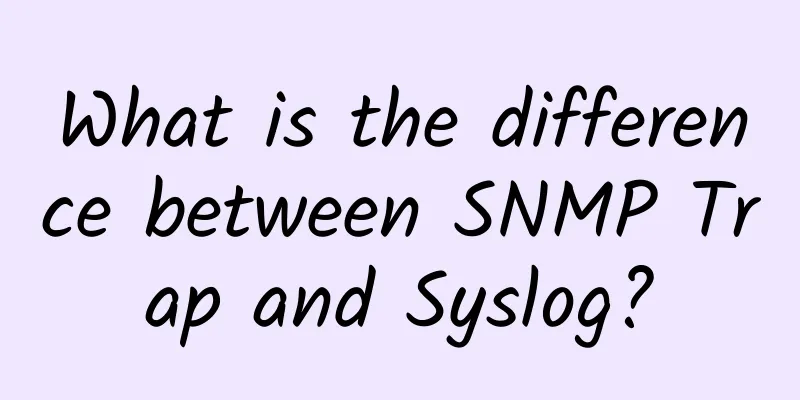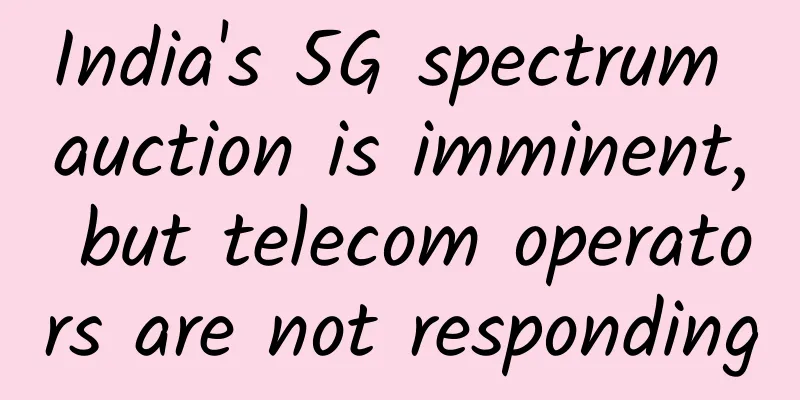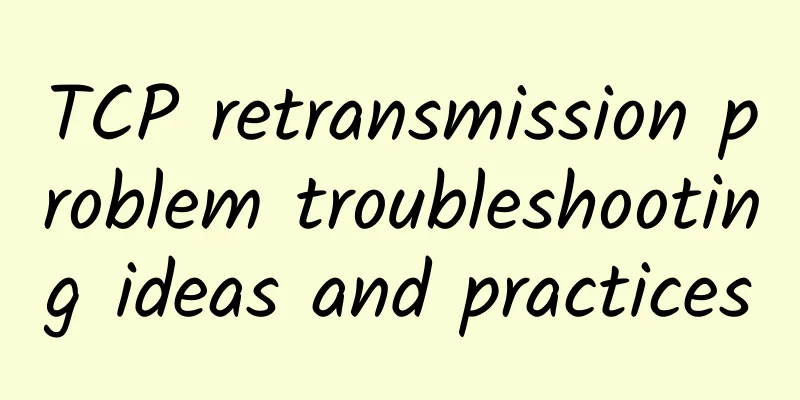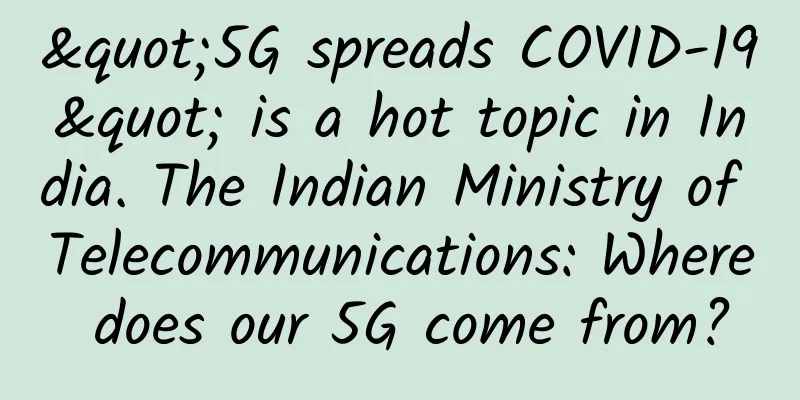Dynamic routing protocol OSPF basics, OSPF message, LSA, one minute to understand
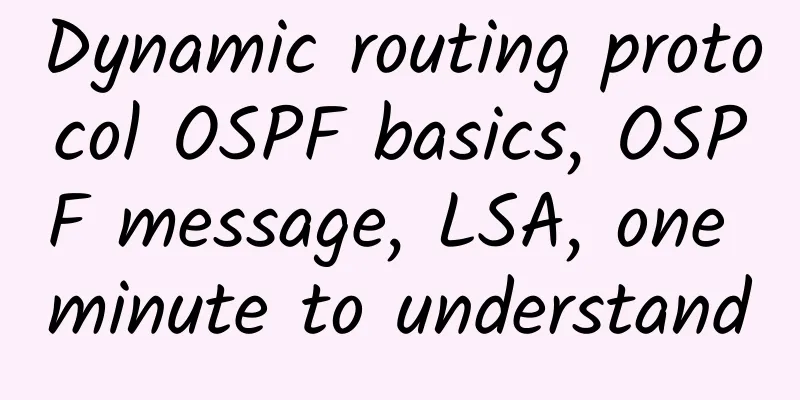
|
1. Introduction to OSPF OSPF (Open Shortest Path First) is a link-state based internal gateway protocol developed by IETF (Internet Engineering Task Force). Currently, OSPF Version 2 is used for IPv4 protocol.
2. Characteristics of OSPF OSPF has the following features:
3. OSPF Message Types OSPF protocol packets are directly encapsulated as IP packets, and the protocol number is 89. OSPF has five types of protocol messages:
IV. LSA Type The description of link state information in OSPF is encapsulated in LSA and published. Commonly used LSAs are of the following types:
|
<<: 5G+4K: This is how you can spend Valentine's Day this year
>>: Forecast of new technology trends such as 5G/NB-IoT/LTE-Cat1/LoRa/Bluetooth/WiFi
Recommend
Ruijie launches the new generation of smart classroom "A Good Class" to activate education informatization 2.0
On April 2, Ruijie Networks held a new product la...
Wu Jianping: IPv6 is an important development opportunity for the next generation Internet to expand network space
On December 7, the GNTC Global Network Technology...
ZJI: New Year limited 50% off Hong Kong server 500 yuan/month-2*E5-2630L/32G memory/1TB SSD/20M bandwidth
ZJI has just launched a new year promotion, offer...
Huawei Storage promotes the "all-cloud, flash-based" strategy to eliminate bottlenecks in migrating key services to the cloud
[51CTO.com original article] With the development...
It’s the beginning of the new school year again. Operators’ “5G+” builds a solid line of defense for campus security
It's the start of another school year. China ...
5G is here: Now how will we make it work?
They say honeymooning in Niagara Falls sets you u...
Clearing away the fog and revealing the truth, H3C Eagle Vision System makes the network clear and controllable
[51CTO.com original article] For large government...
Industry Observation | Impact of 5G on the Environment
Investigating the technical, environmental and so...
Limited edition package replenishment for BandwagonHost $46.6/year, CN2 GIA (DC6/DC9)/Japan SoftBank optional
Bandwagonhost has just restocked a limited editio...
OpLink: $3.50/month-AMD Ryzen/512MB/20GB NVMe/10Gbps ports
OpLink is a foreign hosting company founded in 19...
Technical analysis: Comparison between fiber optic transmission and wireless transmission
According to the traditional communication system...
Liu Liehong from the Ministry of Industry and Information Technology: my country's 5G base stations account for more than 70% of the world's total
On May 26, the 2021 China International Big Data ...
Italian media: 5G will bring 210 billion euros in revenue to Europe
According to the latest research by research firm...
What is the situation of my country’s Internet network security in 2017?
Recently, Yun Xiaochun, deputy director and chief...
DediPath Fall Promotion: 40% off all VPS/Hybrid Servers in Los Angeles, starting at $39 per month for dedicated servers
DediPath is a foreign VPS service provider founde...


